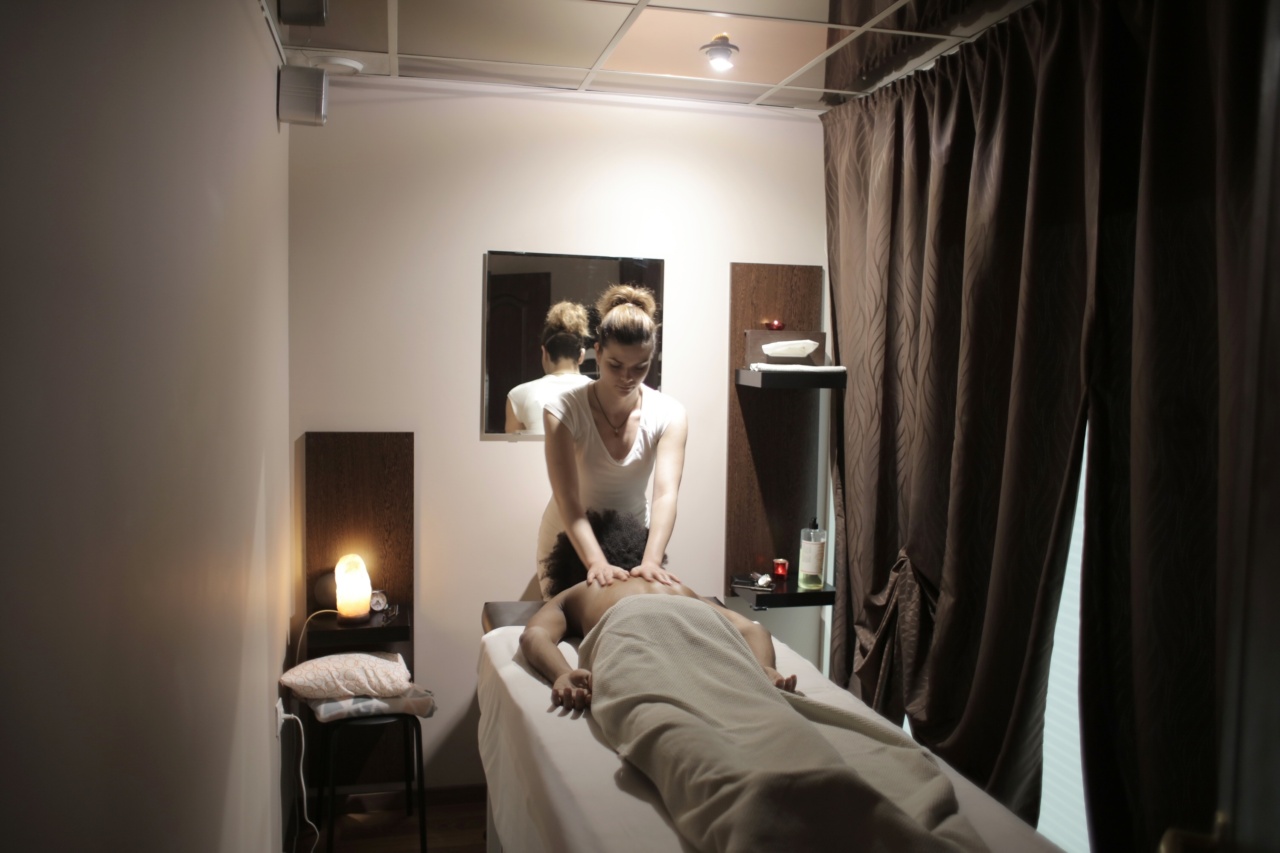A neck hernia, also known as a cervical hernia or herniated disc, occurs when the soft, jelly-like center of a spinal disc protrudes through a tear in the tougher outer layer, causing neck pain and discomfort.
This condition can be debilitating and have a significant impact on an individual’s quality of life. In this article, we will discuss how to identify and treat neck hernias effectively.
Causes of Neck Hernias
Neck hernias can be caused by a variety of factors, including:.
- Age: The natural aging process weakens the spinal discs, making them more prone to herniation.
- Injury: Trauma to the neck, such as from a car accident or a sports injury, can lead to herniated discs.
- Improper lifting techniques: Lifting heavy objects with an incorrect technique can put excessive strain on the neck, leading to herniation.
- Genetics: Some individuals may have a genetic predisposition to developing neck hernias.
- Poor posture: Sitting or standing in an improper posture for extended periods can increase the risk of disc herniation in the neck.
Common Symptoms of Neck Hernias
Identifying the symptoms of a neck hernia is crucial for accurate diagnosis and effective treatment. The following are common symptoms associated with cervical hernias:.
- Neck pain: Pain in the neck area, often described as sharp or shooting, is a typical symptom of a herniated disc.
- Arm pain: The pain may radiate from the neck to the arms, causing weakness, numbness, or tingling.
- Headaches: Herniated discs can contribute to frequent headaches or migraines.
- Neck stiffness: Restricted movement and stiffness in the neck can be signs of a cervical hernia.
- Muscle weakness: A weakened grip or difficulty holding objects may indicate nerve compression due to a herniated disc.
- Reduced reflexes: Reflexes in the affected arm may become diminished or absent due to nerve compression.
Diagnosing Neck Hernias
If you suspect a neck hernia based on your symptoms, it is crucial to visit a healthcare professional for an accurate diagnosis. A medical expert will typically perform a comprehensive evaluation, including:.
- Medical history: The doctor will inquire about your symptoms, medical history, and any recent injuries or accidents.
- Physical examination: The healthcare provider will examine your neck, shoulders, and arms, checking for range of motion, muscle strength, and any signs of nerve irritation.
- Imaging tests: X-rays, MRIs, or CT scans may be ordered to obtain detailed images of the neck and identify any herniated discs.
- Nerve tests: Electromyography (EMG) or nerve conduction studies may be conducted to assess nerve function and determine the location and severity of nerve compression.
Non-Surgical Treatment Options
Fortunately, many neck hernias can be effectively treated without surgery. Non-surgical treatment options commonly recommended include:.
- Pain medications: Over-the-counter nonsteroidal anti-inflammatory drugs (NSAIDs) can help relieve pain and reduce inflammation in the neck area.
- Physical therapy: A physical therapist can guide you through exercises and techniques to strengthen the neck muscles, improve posture, and alleviate pain.
- Heat and cold therapy: Applying heat or cold packs to the affected area can provide temporary relief from pain and reduce inflammation.
- Epidural steroid injections: In severe cases, corticosteroid injections around the affected nerves can help reduce inflammation and alleviate pain.
- Rest and activity modification: Taking breaks, avoiding activities that aggravate the pain, and maintaining good posture can promote healing and prevent further herniation.
Surgical Intervention for Neck Hernias
If non-surgical treatments fail to provide relief or if the symptoms worsen or progress, surgical intervention may be necessary. Surgical options for neck hernias include:.
- Discectomy: This procedure involves removing the herniated portion of the disc to relieve pressure on the nerves and alleviate pain.
- Artificial disc replacement: In some cases, a damaged disc may be replaced with an artificial disc to maintain flexibility and restore function.
- Fusion: Fusion surgery joins two or more vertebrae together, eliminating movement between them and stabilizing the spine.
Recovery and Rehabilitation
Recovery from neck hernia surgery can vary depending on the individual and the type of procedure performed. Generally, post-operative care measures may include:.
- Pain management: Medications may be prescribed to manage pain during the recovery period.
- Physical therapy: Rehabilitation exercises and therapy can aid in regaining strength, flexibility, and restoring normal neck function.
- Gradual resumption of activities: It is important to follow medical advice regarding the gradual return to work, exercise, and daily activities.
- Preventive measures: Maintaining good posture, practicing safe lifting techniques, and avoiding excessive strain on the neck can help prevent future herniations.
Preventing Neck Hernias
While certain risk factors, such as age or genetics, cannot be controlled, there are preventive measures that may help reduce the risk of developing neck hernias:.
- Maintain good posture: Sit and stand with proper spinal alignment to minimize strain on the neck and spine.
- Exercise and strengthen neck muscles: Engage in exercises that target the neck muscles to build strength and flexibility.
- Use proper lifting techniques: When lifting heavy objects, bend your knees, keep your back straight, and avoid twisting motions.
- Take regular breaks: Avoid prolonged periods of sitting or standing and make sure to take breaks to stretch and move around.
By adopting these preventive measures and maintaining a healthy lifestyle, you can reduce the risk of developing neck hernias and promote overall spinal health.





























